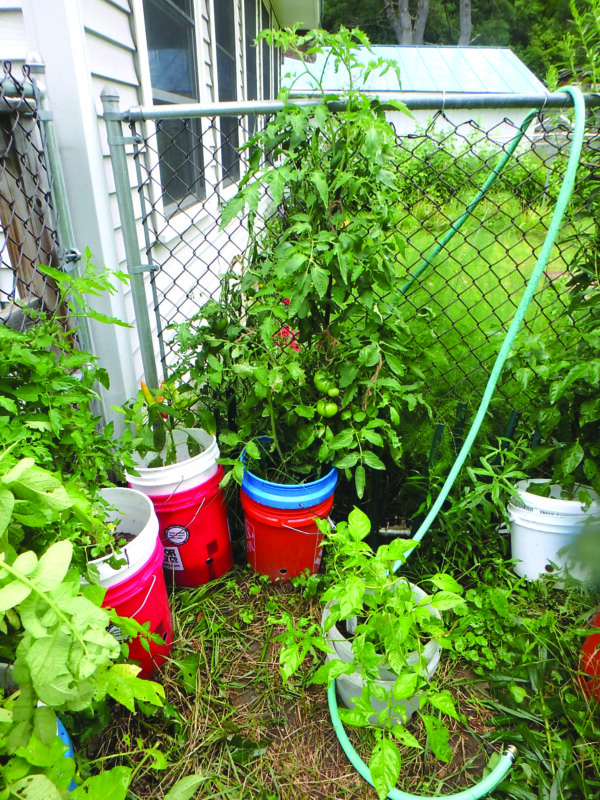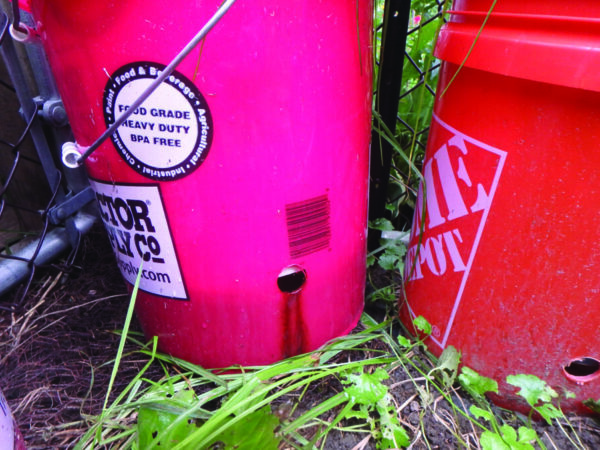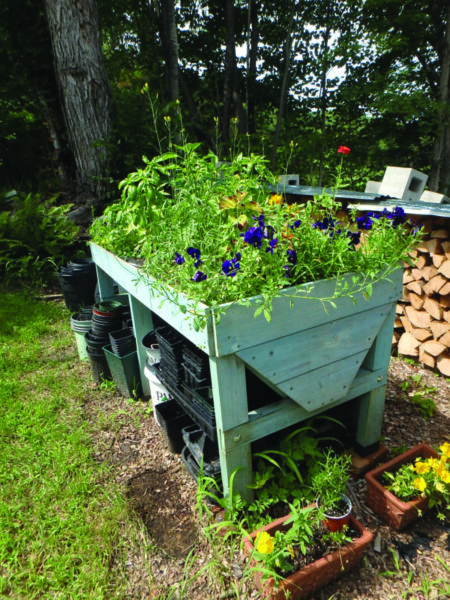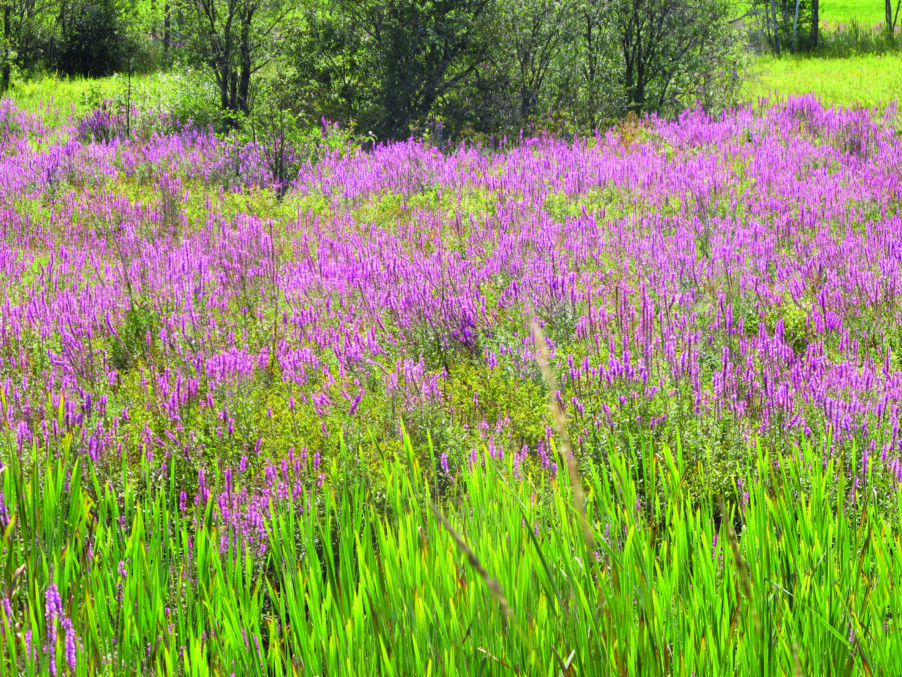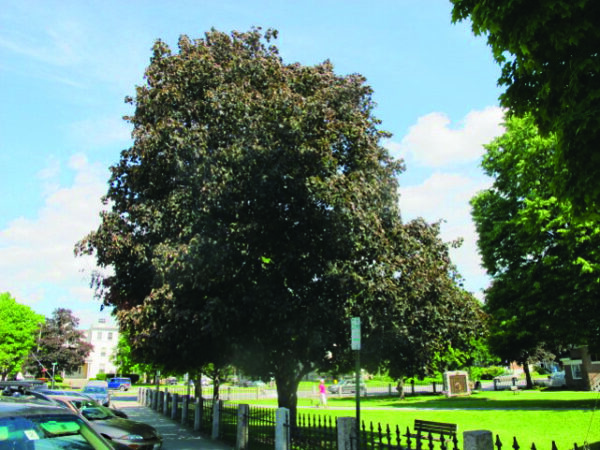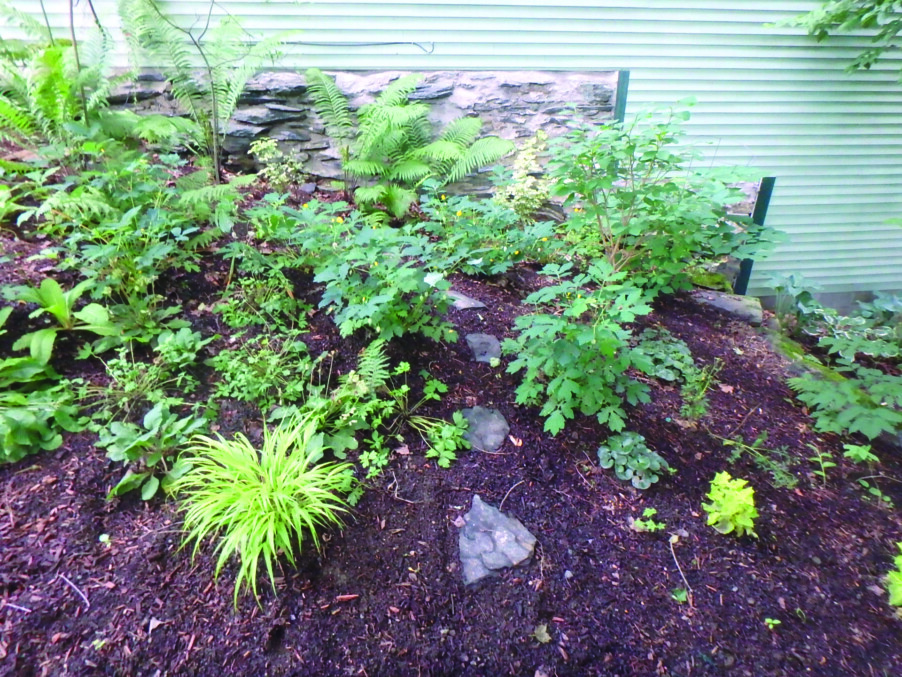Family fun for the weekend
Try-Athlon
The Friends of Aine’s 9th annual Try-Athlon is scheduled for Sunday, Aug. 15, starting at 8 a.m. The event will take place at the Bedford town pool (on County Road) and the nearby Bedford High School and will feature swimming, biking and running events specially designed for kids of all abilities in the 4 to 10 age group and the 11 to 15 age group, according to friendsofaine.com, where you can register for $40 per kid in advance (registration on the day costs $45). There will be a post-race family festival with food, games, vendors, face painting and more, according to the website.
Old Home Days
As mentioned in This Week on page 9, there are several Old Home Days coming up on the calendar. For families looking for some fun, here are some of the events they can expect.
Hudson’s Old Home Days runs Thursday, Aug. 12, through Sunday, Aug. 15, at Hills House (211 Derry Road in Hudson). Events with special interest for kids include a fairgrounds trick-or-treat from 5 to 6:30 p.m. on Thursday with costumes encouraged so kids can join the Parade of Horribles at 6:30 p.m. and then kids games starting at 7 p.m.; kids cornhole during the adult tournament (which starts at 7 p.m. on Friday), and kids games from noon to 4 p.m. and a haystack hunt at 5 p.m. on Saturday. Rides and food vendors will be available throughout the event, which runs 5 to 10 p.m. on Thursday, 5 to 11 p.m. on Friday, noon to 11 p.m. on Saturday and noon to 5 p.m. on Sunday. See hudsonoldhomedays.com for details.
Epsom’s Old Home Weekend begins Friday, Aug. 13, and runs through Sunday, Aug. 15, with events happening at Webster Park in Epsom. Friday’s events from 5:30 to 9:30 p.m. include a cookout, s’mores and popcorn and storytime for the kids, according to the town’s website. Saturday’s schedule of events runs from 9 a.m. to 8:30 p.m. and includes a parade, kids games, a pony ride, a petting zoo, food and other vendors, a 3-on-3 basketball tournament (including for youth sixth grade and up) at 2 p.m., a climbing wall, a bouncy slide and fireworks at dusk. On Sunday, events run from 9 a.m. to 3 p.m. and include a road race (running or walking; starting time for that is 8:30 a.m.) and a resident yard sale, according to epsomnh.org.
Londonderry’s Old Home Days starts the evening of Wednesday, Aug. 18, and runs through Saturday, Aug. 21. According to the event’s schedule, Wednesday is senior night with bingo at 4 p.m., a barbecue dinner from the Lions at 5 p.m. and a 7 p.m. concert with Neurotic Gumbo (a classic rock band) at the Londonderry Town Common. Find the event on Facebook for more information.
Take a drive for family fun
Head to the meadow at Castle in the Clouds (455 Old Mountain Road in Moultonborough; 476-5900, castleintheclouds.org) for a free family fun day on Saturday, Aug. 14, from 11 a.m. to 2 p.m. The day will include lawn games, kite flying, a scavenger hunt, balloon animals, a gaga pit, disc golf, crafts, live music and an opportunity to feed the rainbow trout in Shannon Pond, according to a press release. Lunch, ice cream and beverages will be available for purchase at the Cafe in the Clouds, the release said. Castle in the Cloud is partnering with the Lakes Region Conservation Trust and the Moultonborough Recreation Department, the release said.
The annual Hampton Beach Children’s Festival kicks off Monday, Aug. 16, and runs through Friday, Aug. 20, with programing on Hampton Beach, according to the Hampton Beach Village District website (hamptonbeach.org) and Facebook pages. Monday’s programming includes a BJ Hickman magic show (10 a.m.), rainbow sand art (11 a.m.) and movie night featuring Moana (PG, 2016) at dusk. Tuesday find magician juggler Robert Clarke (10 a.m.) and a touch-a-truck with Hampton Fire and Police (2 p.m). On Wednesday, DrumatiX performs tap dance and percussion (10 a.m.), there will be games on the beach (11 a.m. with OfftheWallKidz), a hula hoop performance with Little Legume (3:30 p.m.) and fireworks (9:30 p.m.). On all three days face painting is available from 11 a.m. to 1:30 p.m. — all according to a schedule posted on the group’s Facebook page. The week is capped off with a children’s costume parade on Friday (11 a.m.) and pictures with Santa and Mrs. Claus (1 p.m.), according to the schedule.
Live performances
The Palace Theatre (80 Hanover St. in Manchester; palacetheatre.org, 668-5588) continues its 2021 Bank of New Hampshire Children’s Summer Series. Finishing up this week’s run is Rapunzel on Thursday, Aug. 12. Next week, the production is Cinderella, Tuesday, Aug. 17, through Thursday, Aug. 19. Showtimes are at 10 a.m. and 6:30 p.m. and tickets cost $10 per person.
The Prescott Park Arts Festival wraps up this year’s musical, You’re a Good Man, Charlie Brown, with shows Thursday, Aug. 12, through Sunday, Aug. 15. Thursday and Sunday shows start at 7 p.m. and Friday and Saturday shows start at 8 p.m. Go online to prescottpark.org to see the reservation options. Prescott Park is at 105 Marcy St. in Portsmouth.
Movie night
See the tale as old as time, Beauty and the Beast, on Friday, Aug. 13, in Wasserman Park (116 Naticook Road in Merrimack) as part of the town’s summer movies in the park. The screening starts at dusk and the films are free and open to residents and nonresidents, according to the town’s Parks and Recreation website.
This Friday’s “Pics in the Park” film at Greeley Park in Nashua is Jumanji: The Next Level (PG-13, 2019), which will start screening at dusk on Friday, Aug. 13, at the park’s Bandshell, 100 Concord St. The screening is part of the city’s SummerFun lineup; see nashuanh.gov.
The Rex Theatre (23 Amherst St. in Manchester; palacetheatre.org, 668-5588) will be screening some films to raise money for the Ballet Misha. On Tuesday, Aug. 17, at 7 p.m., catch Disney’s animated Tangled (PG, 2010). On Wednesday, Aug. 18, at 7 p.m., the theater will screen Frozen (PG, 2013). Tickets to either show cost $12.
Save the date
The Manchester Millyard Museum (200 Bedford St. in Manchester; manchesterhistoric.org) will hold an American Girl Doll Tea Party on Saturday, Aug. 21, from 11 a.m. to 12:30 p.m. Tickets cost $10 per person and include tea party and a craft, according to the website. Advance reservations are required.


